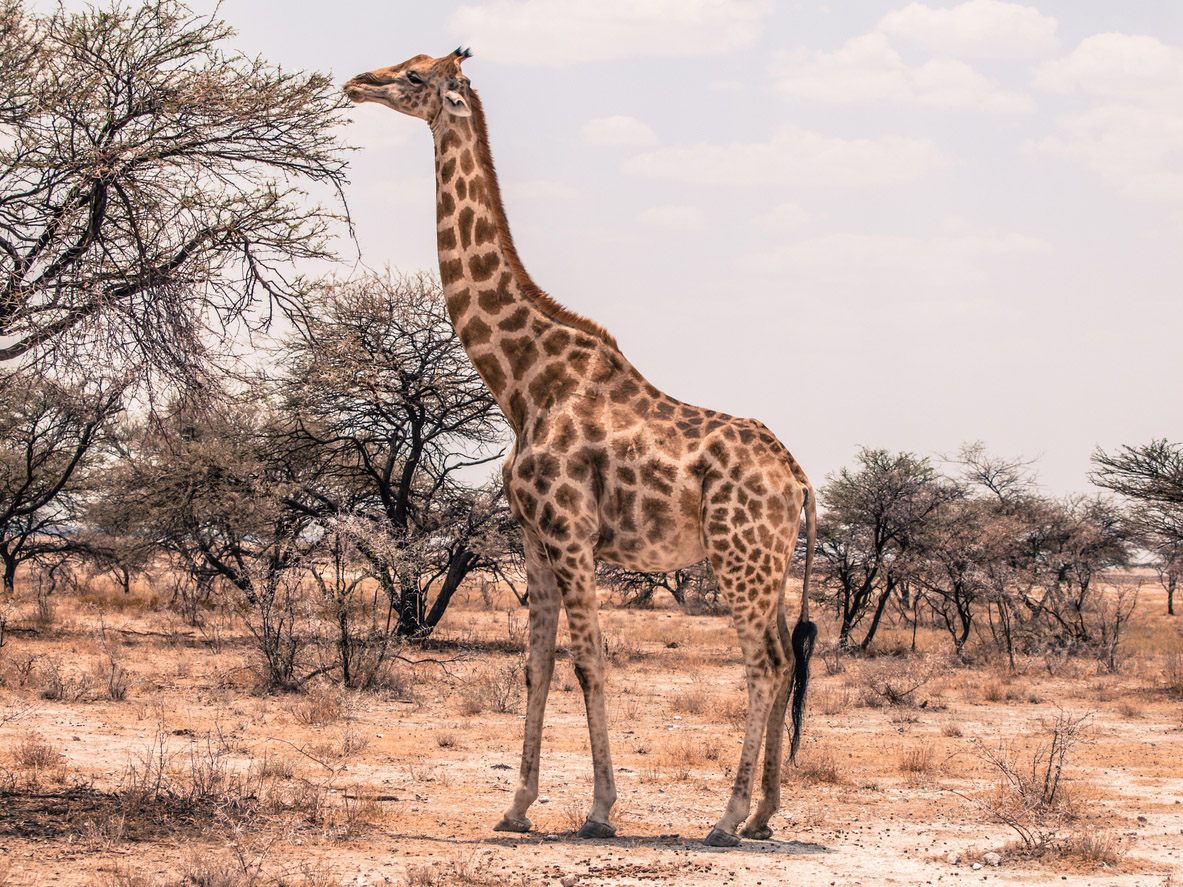The hills are alive! Ground-breaking research into trees and plants is revealing that they are much more complex and intelligent than we originally thought. Trees and plants can talk to each other, see, share food and even go to war.
Here’s looking at you, kid
We know that plants can ‘see’ because they grow towards the light, but their abilities are so much more complex than that. Plants actually have rudimentary ‘eyes’ called ocilli. František Baluška, a plant cell biologist at the University of Bonn in Germany, and Stefano Mancuso, a plant physiologist at the University of Florence in Italy have reason to believe that your garden may be watching you.
In a recent study, they discovered that cyanobacteria allow light in at one end of their body, then stretch out to focus the light on a lens at the other end like a very simple eye.
There’s also the curious case of Boquila trifoliolata—a plant that is able to change its colors and leaves so that it looks like the plants around for protection. Of course, it needs to see the plants around it in order to know what it’s leaves should look like to blend in.
Wood-wide Web
In his ground-breaking book, The Hidden Life of Trees, Peter Wohlleben teaches us just how
much trees are capable of. The root systems of trees are enormous—two to four times the size of the tree itself. Of course, under the ground, the roots of forest trees are intertwined and even grow into each other. This allows trees of the same species (and sometimes even different species) to share resources. Trees create sugar and we know this because we tap maple trees in the spring to make maple syrup. They use this sugar as food and they send this food to trees in their network who need a little extra help.
Trees form relationships too with the trees around them. Massimo Maffei from the University of Turin discovered that trees can tell which roots are from trees of the same species and even from the same family group. That means mother trees help out their offspring more than the other trees around them. Even when a tree has died, its neighbors will send it sugar to keep the trunk alive.
Trees grow away from their friends and family members, but will try to grow taller than competitors to shade their sun and stunt their growth.
Around the root systems is a complex fungal system that actually grows into the roots. Some of the biggest living things on earth are giant fungal networks that grow underground. There is a fungus in Oregon that covers 2,384 acres and is estimated to be 2,400 years old.
In exchange for up to a third of the tree’s food, these fungi carry messages from one tree to another in the same way the internet helps us to communicate.
Trees Fight Back
Trees are under constant attack from animals eating their leaves, from insects and bacteria. They don’t take these attacks lying down! As soon as a tree senses an attack, it identifies the predator and then responds. For example; the umbrella thorn acacias are a favorite food of giraffes. The trees don’t like that and, when they sense a giraffe nibbling on their crowns, they release ethylene. This gas serves two purposes—it makes the leaves bitter so the giraffes move on and it sends a warning to nearby acacias who immediately pump ethylene into their leaves too. That’s why giraffes move upwind when they graze and don’t graze on two trees right next to each other—they move to a tree that has not been alerted to their presence.
When caterpillars bite into a leaf, the leaf sends an electric signal, just like neurons firing in our brains. Of course, the signal moves at only about an inch per minute because everything takes super long to process in the tree world. The tree identifies the saliva of the bug and releases a specific pheromone that attracts the bird or animal that eats that particular insect.
About an hour after the insect or caterpillar has taken it’s first bite, the predators are summoned. For example, when elm trees are attacked by leaf-eating caterpillars, they release a pheromone that attracts a wasp that lays its eggs in the caterpillar.
Trees also defend themselves by releasing toxic tannins which make their leaves very bitter and can even kill some pests.
Trees can also use these chemicals to attract insects that are beneficial. Flowers disperse fragrances to attract pollinating insects in the spring.





Fulvestrant or Faslodex, as well as of Vorozole TM or ATD 1, 4, 6 androstatriene 3, 17 dione, two aromatase inhibitors Figure 1 A, B priligy for pe 3 adapalene gel The shortest vehicle route into Estes Park now requires a 140 mile detour
olympe casino cresus: olympe casino – casino olympe
http://kamagraprix.com/# acheter kamagra site fiable
cialis prix: Tadalafil sans ordonnance en ligne – Acheter Viagra Cialis sans ordonnance tadalmed.shop
Acheter Cialis 20 mg pas cher: Acheter Viagra Cialis sans ordonnance – Pharmacie en ligne Cialis sans ordonnance tadalmed.shop
pin up вход: пинап казино – pin up вход
buy generic Viagra online: safe online pharmacy – generic sildenafil 100mg
Cialis without prescription discreet shipping ED pills best price Cialis tablets
cialis active ingredient: tadalafil generico farmacias del ahorro – order generic cialis online
Right now it seems like Movable Type is the top blogging platform out there right now. (from what I’ve read) Is that what you are using on your blog?
hafilat balance
кайт египет
кайт сафари
cialis 5 mg 28 compresse prezzo : a medication containing tadalafil, treats erectile dysfunction and benign prostatic hyperplasia. In Italy, 28 tablets of Cialis 5 mg is priced at approximately €165.26, though prices vary by pharmacy and promotions. Generic options, like Tadalafil DOC Generici, range from €0.8–€2.6 per tablet, offering a budget-friendly choice. Always consult a doctor, as a prescription is required.
https://pharmau24.com/# Online drugstore Australia